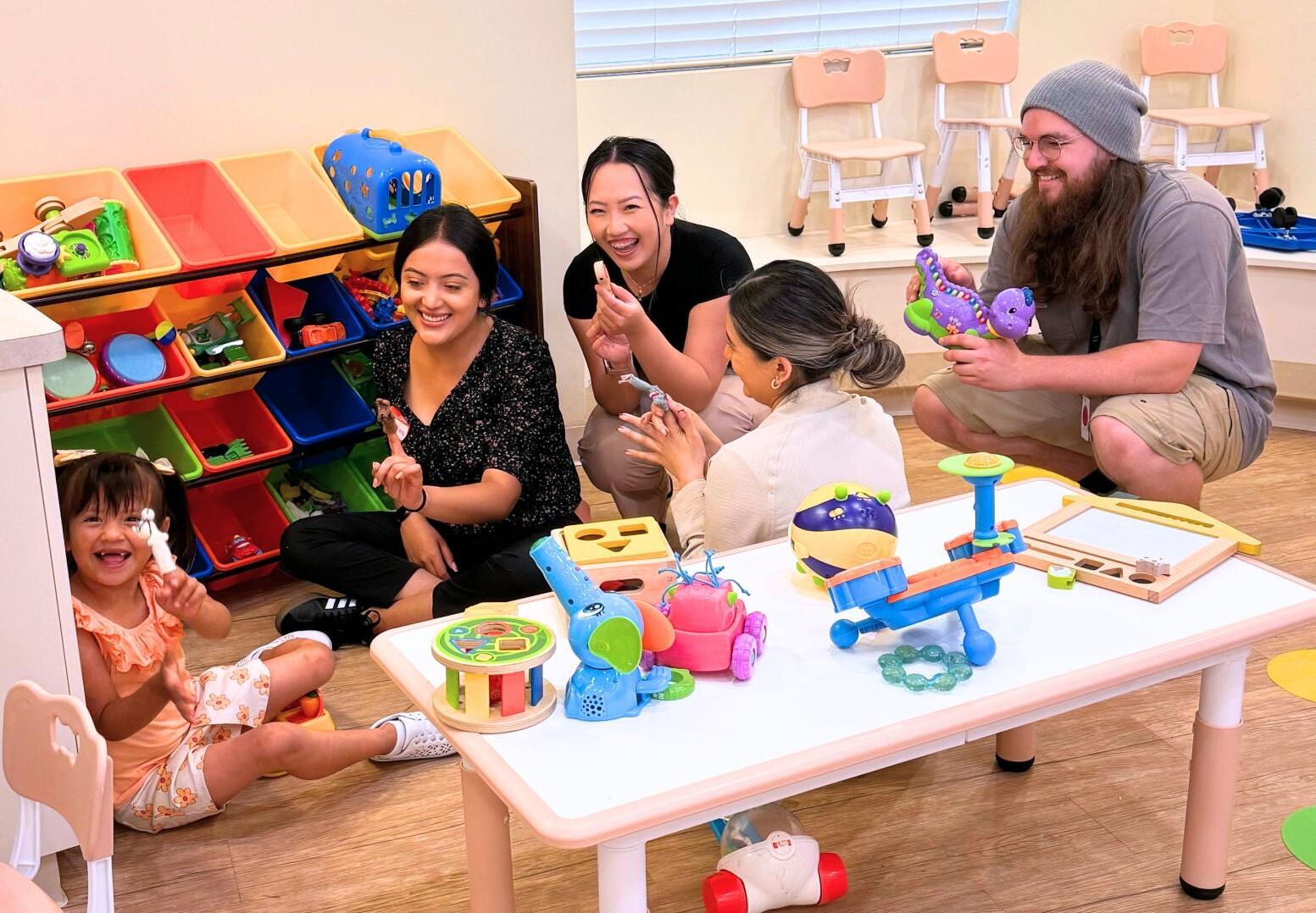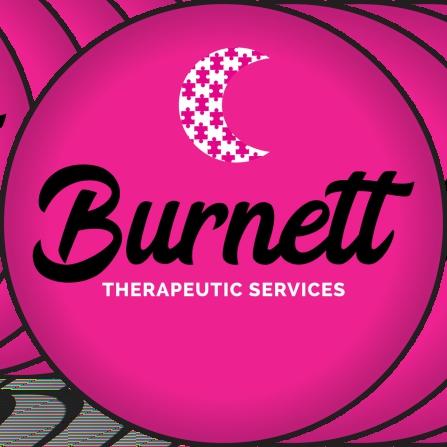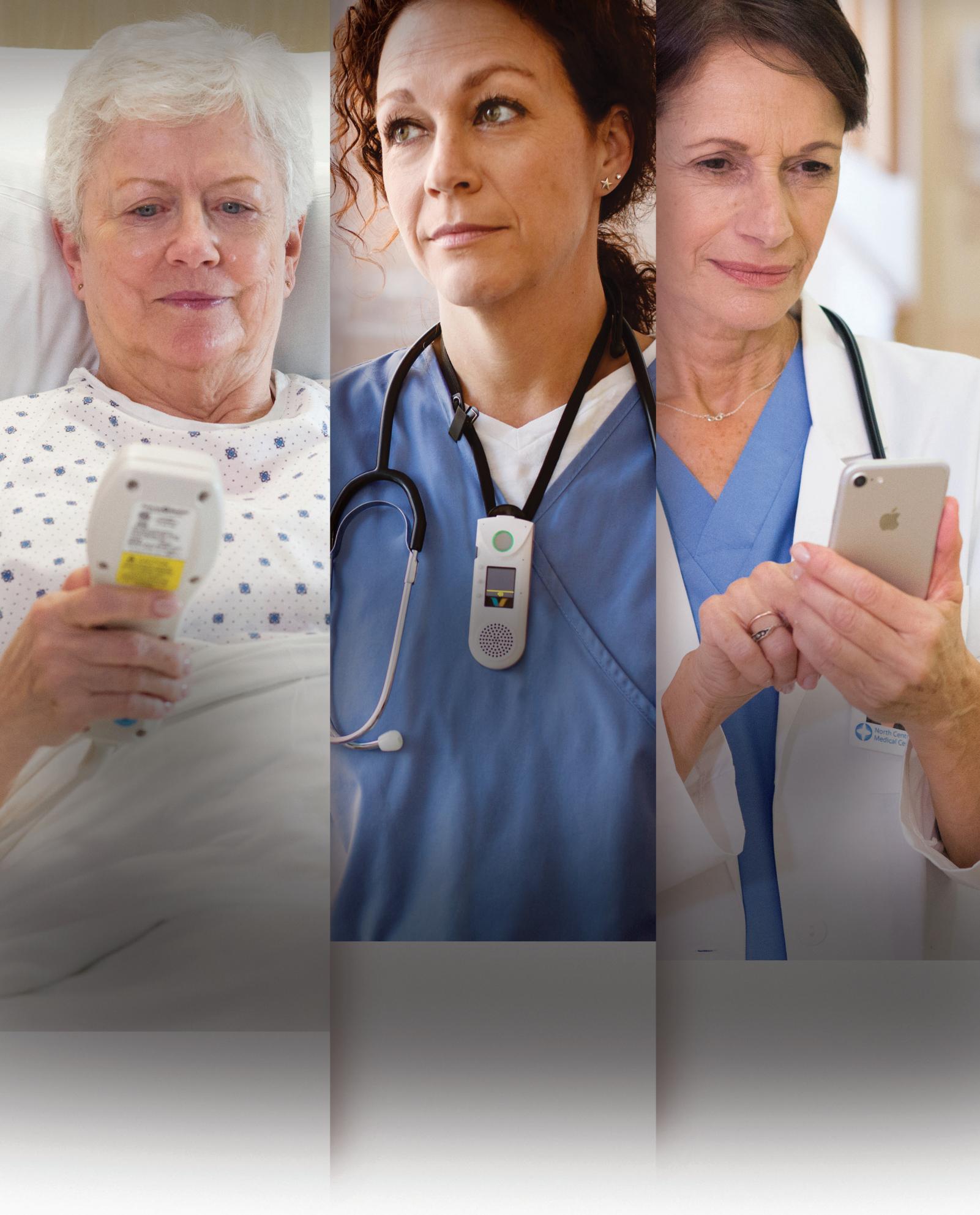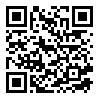
www.insightscaremagazine.com

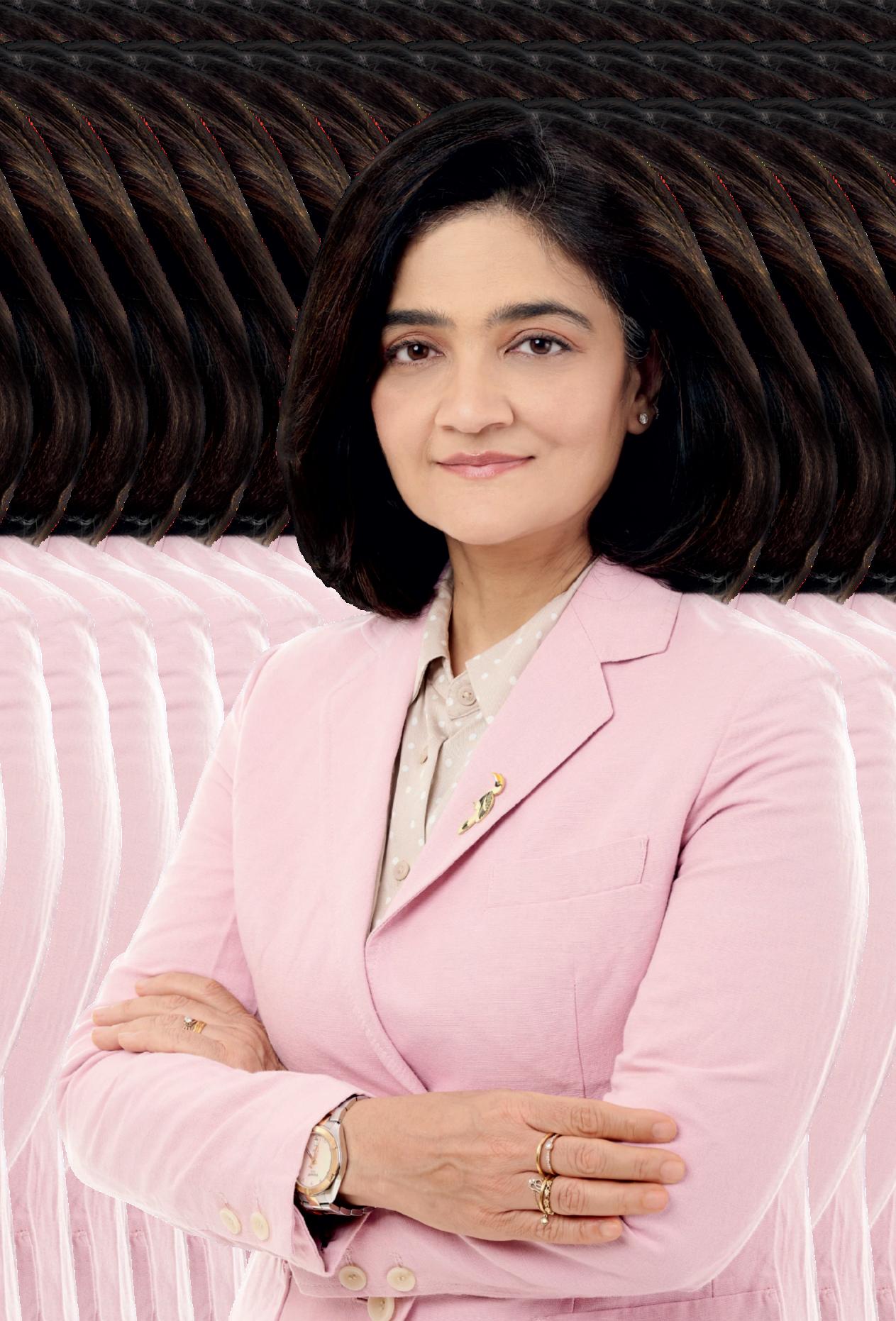

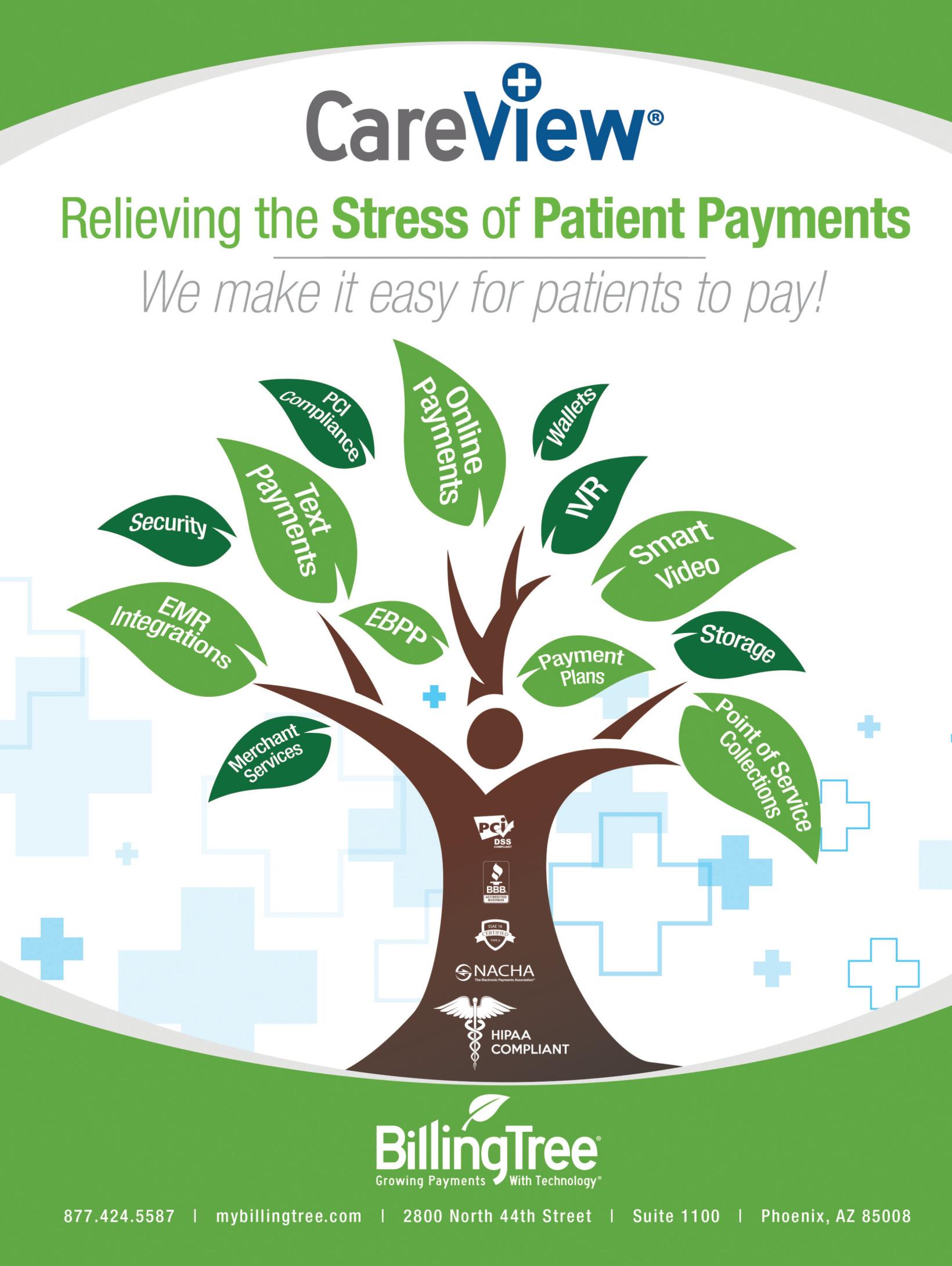



www.insightscaremagazine.com






Natalie May
Natalie May
Intheever-evolvinglandscapeofhealthcare,true
leadershipisdefinednotjustbyovercomingchallengesbutbytransformingthemintoopportunitiesfor growthandimpact.Ourlatestedition, A Visionary in Pharma: Vaibhavi Choksi’s Inspiring Leadership Journey in 2025,shinesaspotlightonVaibhaviChoksi,a renownednameinthepharmaindustry.Herremarkable journeyexemplifiesresilience,authenticity,andasteadfast commitmenttoadvancinghealthcare.
Withover25yearsinthepharmaceuticalindustry,Vaibhavi hasnavigatedcomplexchallengesinoncology,neurology, andmarketaccesswithamindsetthatblendsstrategic visionwithcompassion.Shehaschampionedinitiativeslike hepatitisCmicro-eliminationinIndianprisonsanddriven equitablehealthcareaccessacrossSouthAsia.Herleadershipisabeaconforthoseaspiringtomakeadifferencein thiscriticalfield.
ThiseditiondelvesintoVaibhavi’sprofessionalmilestones, offeringadeepdiveintohowshebalancesinnovationwith empathy,steeringhermissiontoaddressunmetmedical needs.Forreadersventuringintopharmaceuticalsor healthcare,herstoryismorethanaroadmap—it’sacallto leadwithpurpose,adapttochange,andremaintruetoone’s values.
Weinviteyoutoexplorethisexclusiveissue,richwith insightsandinspiration.Vaibhavi’sjourneyremindsusthat inhealthcare,leadershipisnotjustaboutovercoming obstaclesbutaboutcreatinglastingchange.Here’stoan empoweringreadthatencouragesyoutoleaddifferentlyin 2025andbeyond!
Have an enlightening read!
The Impact of Telemedicine on Pharmaceu�cal Care Delivery
The Role of Big Data in Op�mizing Pharma Supply Chains



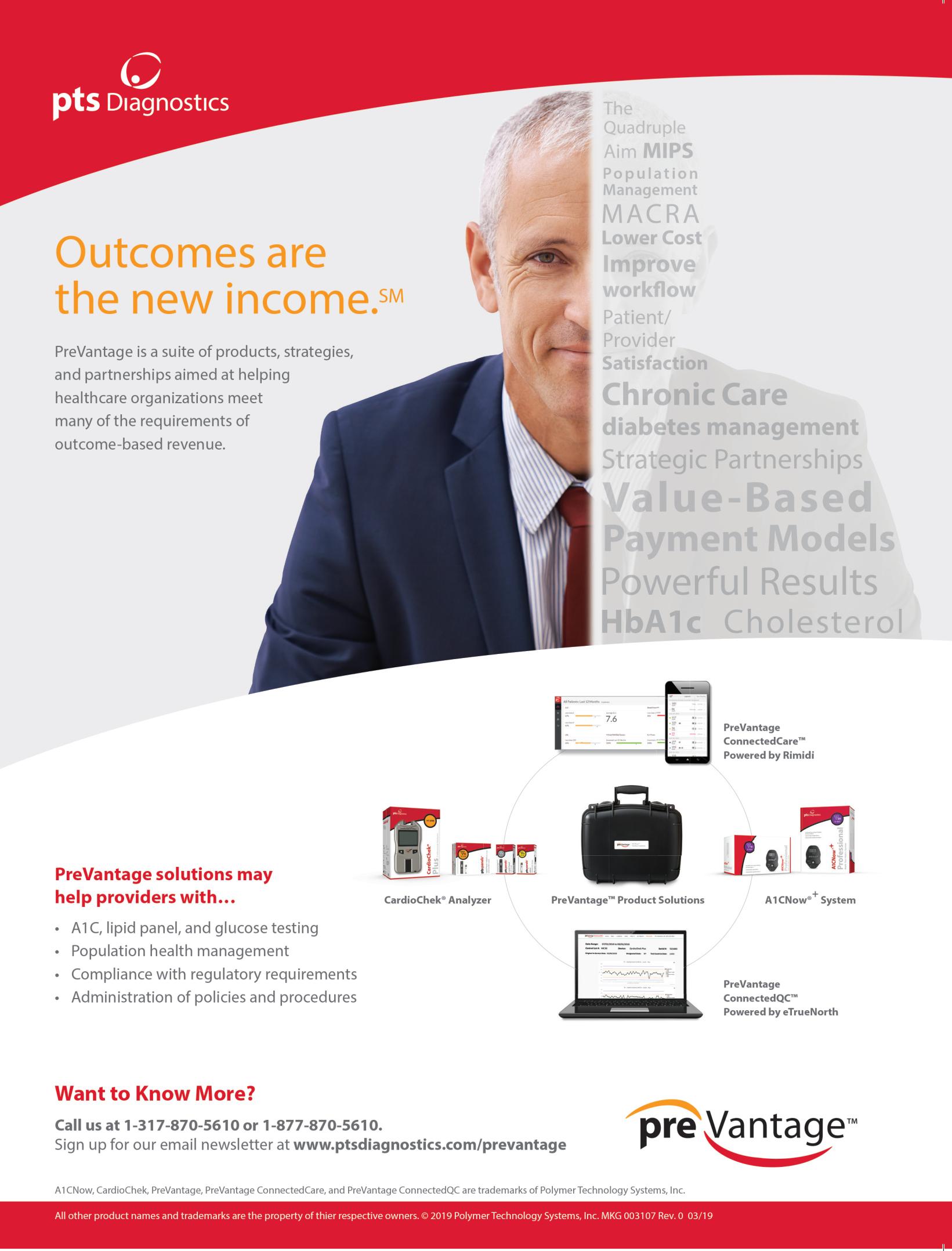


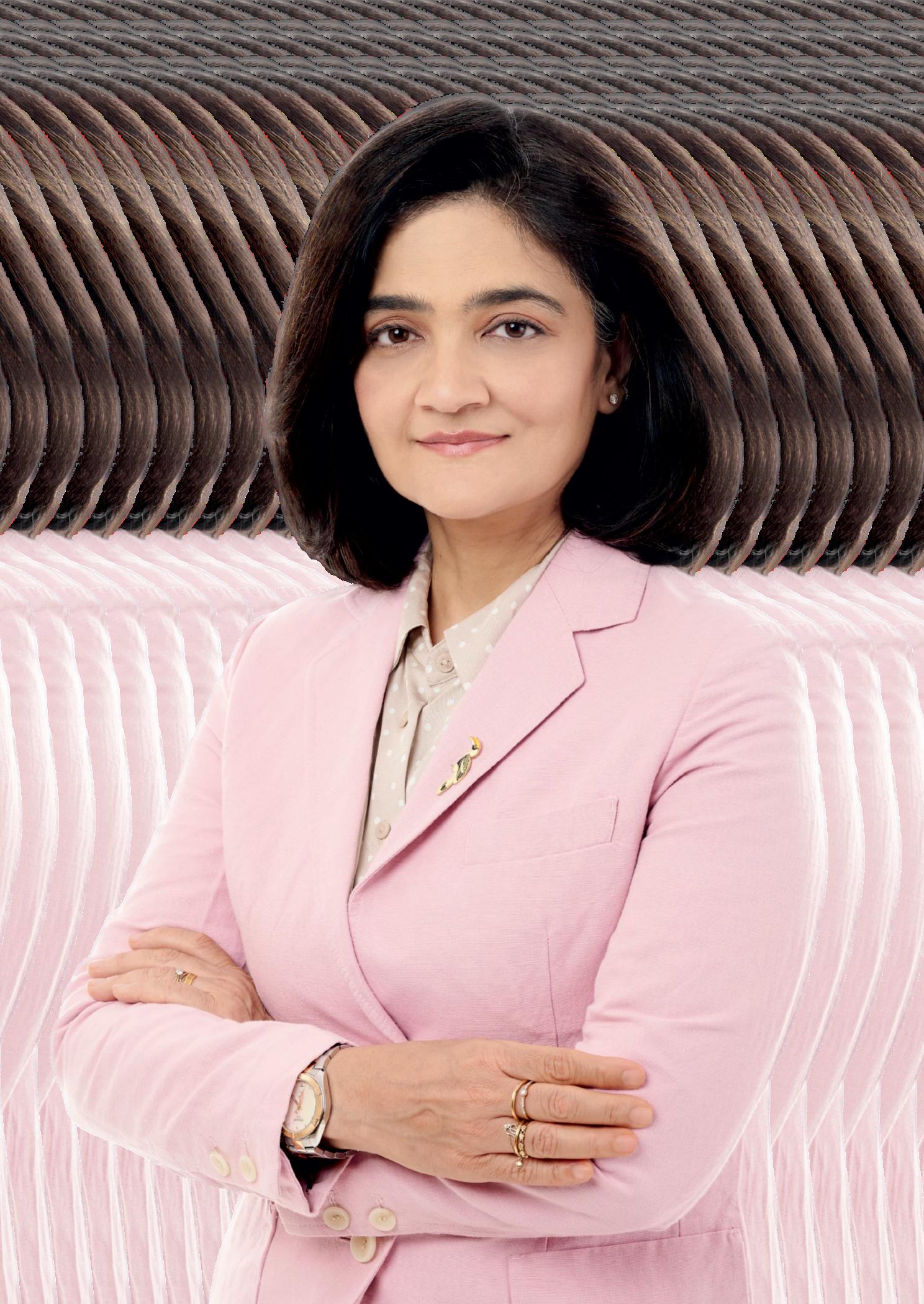
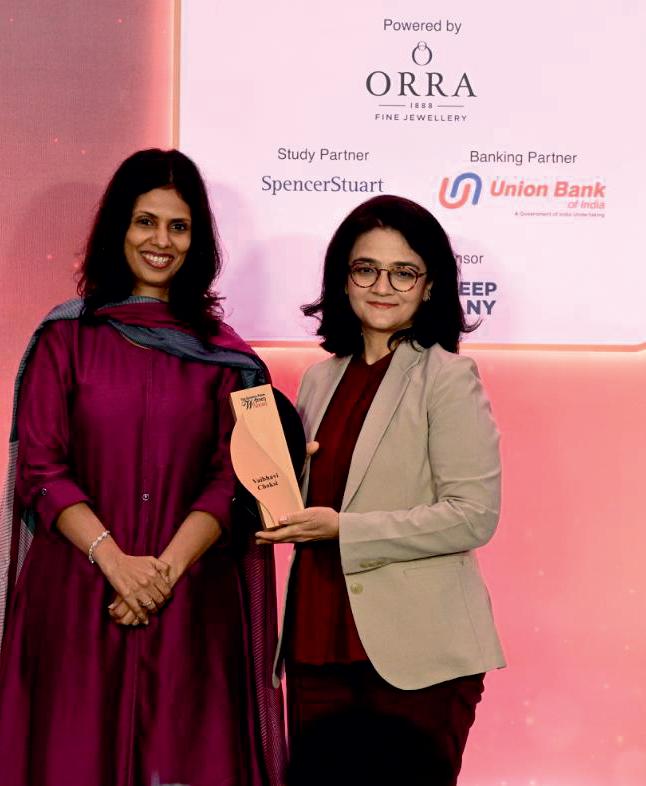
Remaining true to principles, fostering the development of people, and making choices that haveanimpactforalongtimearethehallmarksof effective leadership rather than striving for recognition or staying on top of trends. Leaders who put long-term results first are the ones who actually make an impact in a world whereeveryoneisfocusedonthenextgreatthing.
It’ssimpletolosesightofwhattrueleadershipisinthemidst of the relentless pursuit of new technologies, audacious decisions, and well-publicized successes Even if these successes are important, regular, significant actions—many ofwhicharesilentbuteffective—arethefoundationoflonglastingleadership.
Seeking the next big thing is not what true leadership is all about. It all comes down to supporting your team, being meticulous, and fostering an environment where everyone can develop and thrive. It’s the small, thoughtful decisions thatultimatelyshapestrong,resilientteams.
This approach is still very much alive today Leaders like Vaibhavi Choksi show us that success doesn’t just come frominnovationbutfromstayinggroundedincorevaluesthat fostergrowth.Herleadershipisareminderthatrealprogress beginswithpeopleandprinciples.
Let’s delve into the inspiring leadership journey of Vaibhavi and explore how her thoughtful approach shapes the future of pharma!
Vaibhavi’s foray into the pharmaceutical industry did not stem from a longstanding passion for the field. “To be very frank,therewasnothingthatspecificallyinspiredmetoenter the pharmaceutical industry,” she shares. Although both of herparentswerephysicians,sheknewearlyonthatshewould not follow the same path. Her interests lay elsewhere—in business. “You know, Gujarati blood—business is in our genes,” she remarks, reflecting on her early aspiration to pursueanMBA.RaisedinAhmedabad,shesethersightson the esteemed Indian Institute of Management Ahmedabad, andbeganpreparingfortheentranceexaminthelate1990s.
However,anunexpectedturnofeventsalteredthetrajectory ofhercareer.MeredaysbeforetheCATexam,shesuffereda seriousaccident.“Icrackedmyskull,hadeightstitches,and brokemycollarbone.TheCATusedtobeonthefirstSunday of December, and unfortunately, all my preparation went down the drain.” This incident left her disheartened about continuingherpursuitofanMBA.
Itwasduringthisperiodofuncertaintythatanewopportunity emerged.WhensomeofherfriendsappliedforrolesatGlaxo (now GSK), she chose to attend the interview, even without theacademiccredentialsshehadoriginallyaimedfor
“ThankstomyCATprep,Ihadstronggeneralknowledgeand awarenessofglobalissues,whichhelpedmestandout,”she recalls. She joined GSK as a medical representative, despite thedoubtsofherparents,whoinitiallythoughtshewouldn’t last long in such a demanding role. “But somehow, destiny had different plans,” she laughs. “I did well, and here I am today Honestly,nothingwasplanned—itjusthappened.”
Vaibhavi’s leadershipjourneywas profoundly influencedby hertimeattheesteemedMITSloanSchoolofManagement. The experience offered her a transformative perspective on leadership and education. “The way we’re taught in India is very different from how the Western world approaches education,” she observes, reflecting on the fundamental differences she encountered. At MIT Sloan, the curriculum emphasizedcase-basedlearning,collaboration,andpractical problem-solvingovertraditionaltheoreticalinstruction.“You couldn’t do anything alone—you had to work with your team,” she adds, noting how this method reshaped her understandingofeffectiveleadership.
One of the most impactful aspects of her education at MIT was the opportunity to hear from leaders around the world. “What really stood out was how openly those leaders spoke about their failures,” she shares. She found it particularly inspiring that successful leaders openly discussed their setbacksandhowtheynavigatedtoughdecisionsandfailures. This level of honesty, she believes, is crucial in today’s dynamicworld,whereleadershipistestedbyconstantshifts in the external and internal business environment The conversations she had with peers from around the world further deepened her understanding of leadership and made her realize the importance of promoting open dialogue, debate,andinclusivedecision-makinginherownteams.
Her leadership style has been shaped less by conventional academicpathsandmorebydirect,hands-onexperience.She describes her development as “quite organic,” having advanced through the ranks based on merit and continuous learning rather than following the traditional MBA-toleadership route Beginning her career as a sales representative,shesteadilyprogressedtoapositionoffull
P&Lresponsibility by 2012. “Most of my learning has been onthejob,”shereflects.“I’velearnedhowtoleadbydoing, bymakingmistakes,andbyconstantlyevolving.”
Her leadershipphilosophy centerson inspiration,execution, and accountability “For me, leadership isn’t just about execution—it’saboutencouragingteamstothinkbeyondthe obvious,”sheexplains.SheciteshertenureatAstraZenecaas a defining chapter in her leadership journey. Tasked with relaunchingalong-dormantoncologydivision,sheinherited a business unit ranked 17th in the industry Rather than settlingforincrementalprogress,shesetanambitiousgoal:to elevatetheunitintothetopthree.Throughstrategicplanning anddisciplinedexecution,thedivisionroseto5thbythetime ofherdeparturein2020,eventuallyachieving3rdpositionthe followingyear.
As she reflects on her approach, Vaibhavi underscores the importance of fostering autonomy within teams while maintainingclearexpectationsforperformance.“Itaketough decisions when performance is lacking—because I believe there are no free meals. Everyone must deliver,” she states firmly
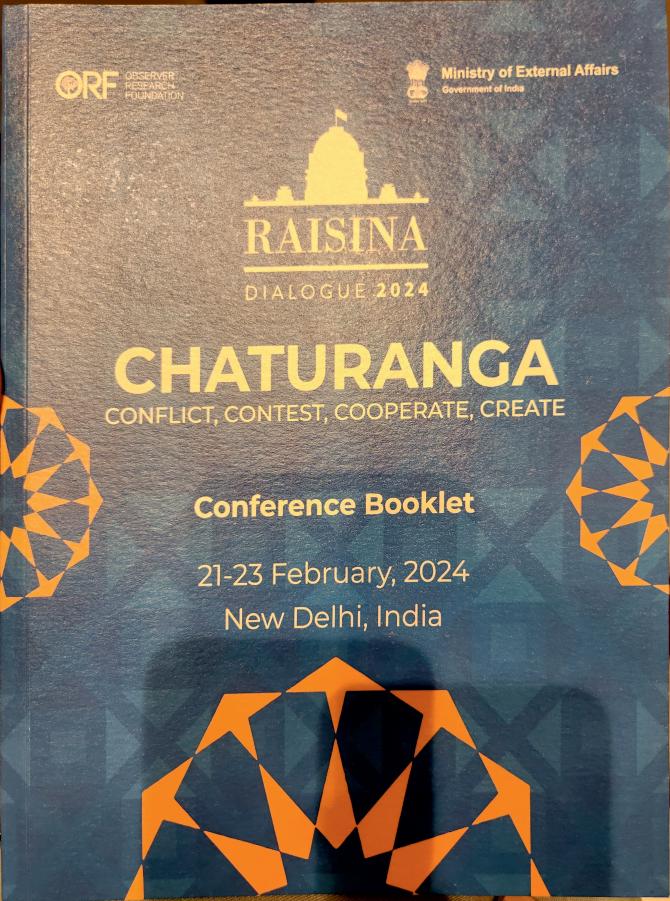
At the same time, she stresses the importance of being a supportiveleader.“Ifsomeoneneedshelp,I’malwaysthereto support.”
Sincethestartofhercareerin1999,Vaibhavihaswitnessed and adapted to profound shifts within the pharmaceutical sector. “The biggest change is in the accessibility of healthcare,” she observes. Over the years, the reach of healthcare services has steadily extended beyond major metropolitanareas,atrendthatgainedsignificantmomentum following the COVID-19 pandemic. “Today, patients no longerneedtotraveltometrocitiesforadvancedtreatments. Both private and government healthcare providers are aggressivelyexpandingintoTier2andTier3cities.”
This expansion has prompted pharmaceutical companies, particularly those in super-specialty segments, to recalibrate their commercial strategies. From field force deployment to marketinginitiativesandproductdistribution,thereisnowan imperative to align operations with the specific demands of non-metroregions.

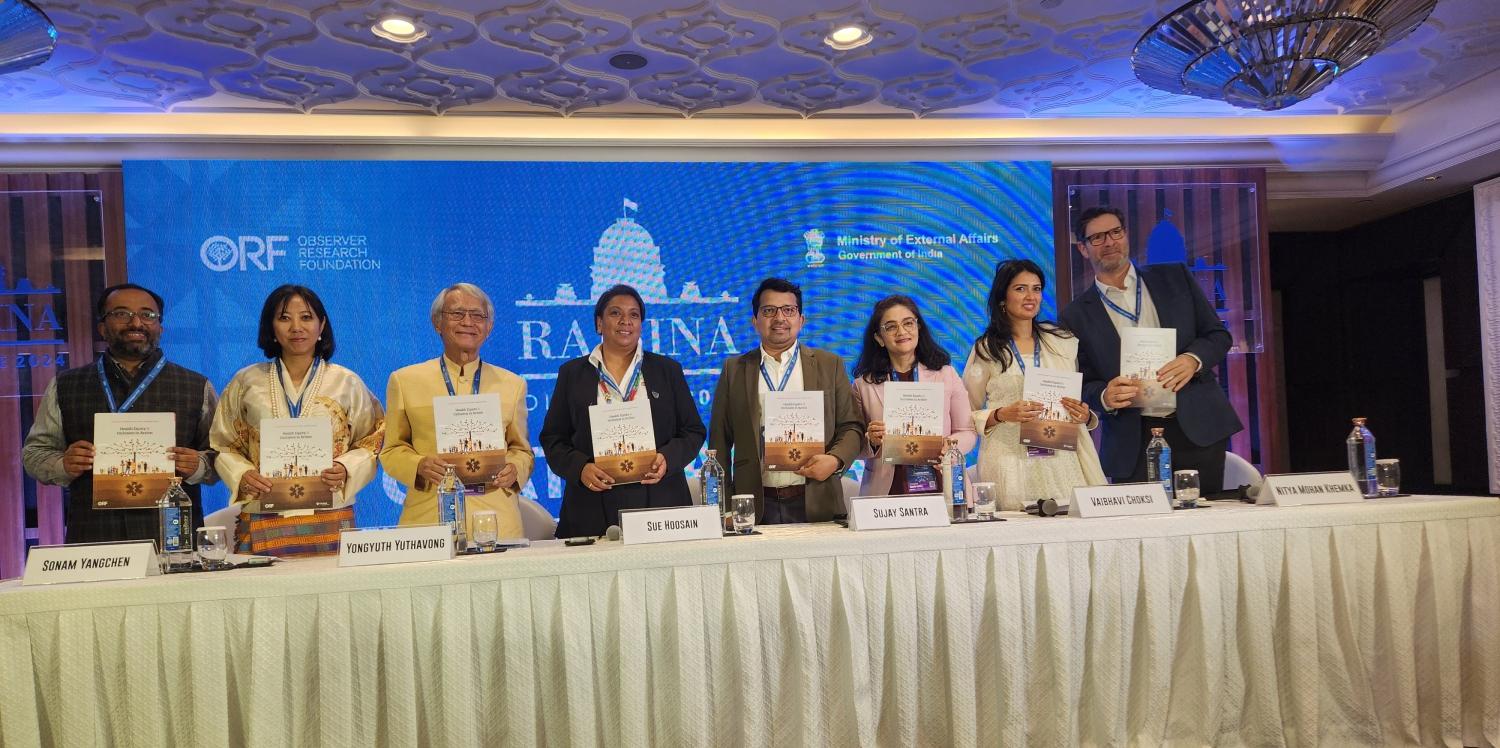
She also highlights the evolving profile of physicians practicinginthesegeographies.“PhysiciansinTier2andTier 3townsareoftenmorereceptivetolearning,”sheexplains.In response,theindustryhasadapteditsengagementmodelsto focus more heavily on tailored educational initiatives —creating platforms that connect practitioners in smaller townswithexpertisebasedinurbancenters.
Another notable development is the growing influence of Indian pharmaceutical companies, particularly in improving the affordability of critical treatments “Indian pharma companies have made remarkable strides in launching biosimilars and chemotherapies at much more accessible price points,” she notes. This trend has intensified competitionacrossthesector,compellingmultinationalfirms to balance innovation with tangible value delivery in increasinglyprice-sensitivemarkets.
For Vaibhavi, driving innovation extends beyond scientific breakthroughs; it involves cultivating a mindset of adaptability and continuous improvement within her teams. “Innovation doesn’t always have to be at a grand, scientific level—itcanbeinsmall,practicalwaystoo,”sheexplains.
Anotableexampleofthisphilosophywasherstrategicfocus on the government sector, an area traditionally seen as difficult to navigate. By creating a dedicated team to handle governmentaccounts,sheenabledherorganizationtoderive approximately40–42%ofitsrevenuefromthissegment—an exceptionalresultinacomplexandcompetitivelandscape.
Hercommitmenttoinnovationisalsoevidentinthewayshe scaled diagnostic infrastructure for lung cancer patients during the pre-launch of a targeted therapy India lacked the ecosystem to identify eligible patients, so Vaibhavi led the creation of a diagnostics network from the ground up—partnering with labs, aligning standards with global benchmarks from Singapore, and training the medical community This early detection model became a critical enablerofaccess,particularlyinthesuper-specialtysegment.
Equallyimpactfulwasherroleinusingbusinessintelligence forstrategictransformation.DuringhertenureinGermanyas aStrategyManager,Vaibhaviwastaskedwithmakingacase for transitioning India from a distributor-led model to a full affiliate. Using market data, forecasting, and patient access analytics,shedevelopedarobustgrowthstrategythatearned the trust and investment of global leadership, turning India intoakeyfocusmarket.
Vaibhavi also emphasizes the link between personal developmentandinnovation.“Ibroughtinalifecoachforsix months,focusingnotjustonprofessionalgrowthbutpersonal development as well,” she shares. This forward-thinking initiative led to significant improvements in team performance, as individuals felt more empowered, aligned, andmotivatedintheirroles.
Her efforts reflect a leadership philosophy that treats innovation not as a one-time achievement, but as a culture—one that blends insight, empathy, and long-term thinkingtodrivemeaningfuloutcomes.

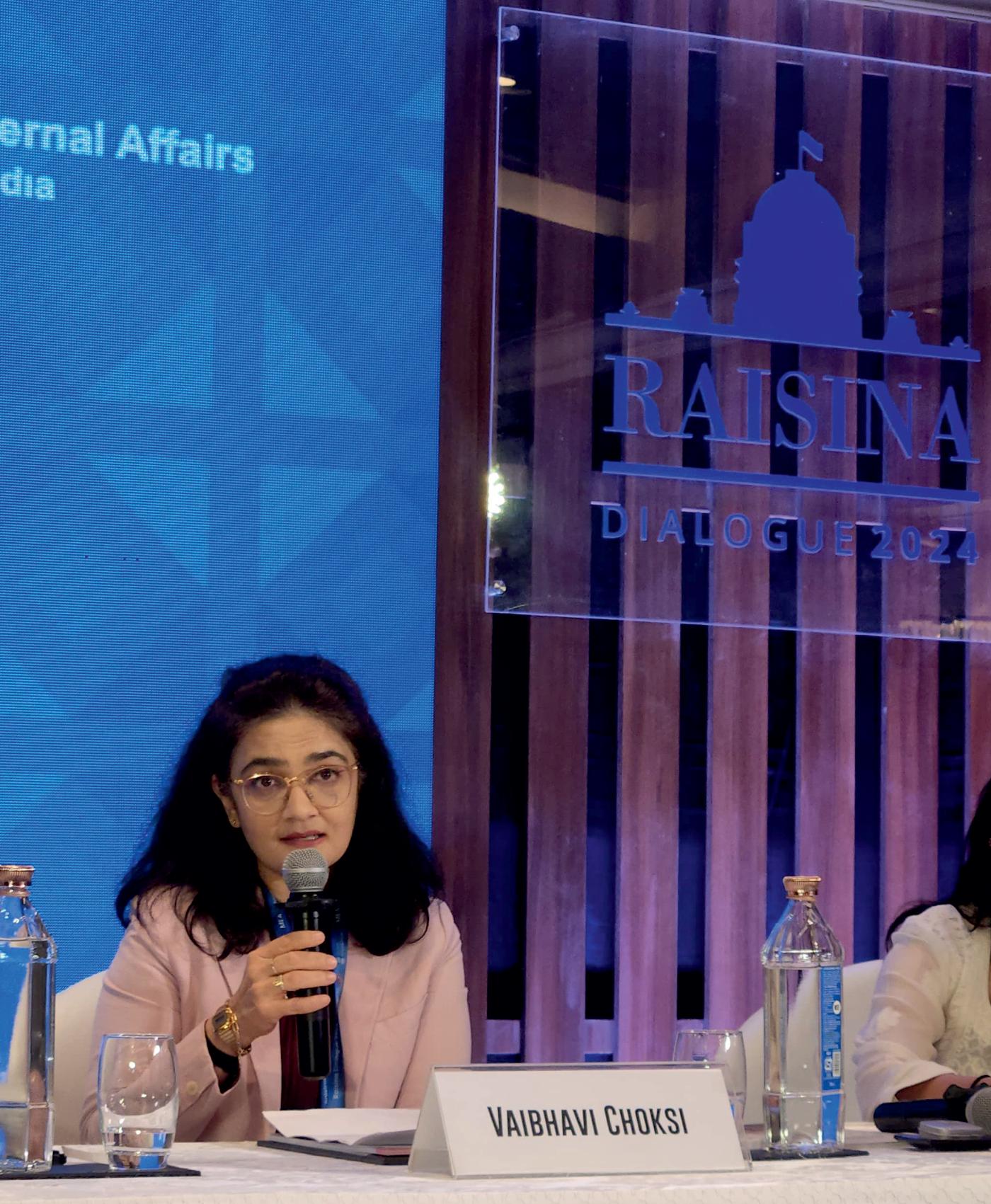
Vaibhavi’scareerhasnotbeenwithoutitschallenges.Oneof themostsignificanthurdlesshefacedwastheperceptionthat women were not suited for sales, particularly in a maledominated industry like pharmaceuticals. “The job requires extensivetravel,meetingallkindsofpeople,andnavigating tough situations,” she notes. “Many families were hesitant aboutsendingwomenintothisfield.”
Undeterred,Vaibhavi committed several years to field sales, determinedtobuildasolidfoundationofindustryknowledge. “The knowledge I gained during those early years has been crucial,” she affirms. This hands-on experience not only deepened her understanding of market dynamics but also reinforcedherbeliefinthevalueoffieldexposureforaspiring professionals.
To women considering a career in the pharmaceutical industry,heradviceisbothclearandempowering:“Don’tshy awayfromthesalessideofthepharmaceuticalindustry It’sa great learning experience that lays the foundation for understandingtherealdynamicsofthemarket.”
AsVaibhavilooksbackonherprofessionaljourney,itisnot personal accolades or titles that she values most, but the opportunitytocontributetothegrowthandsuccessofothers. “While building my own career was essential, it’s the opportunity to help others grow that has become the most meaningful accomplishment for me,” she shares, speaking withevidentconviction.
Over the course of her career, Vaibhavi has mentored numerousindividuals,guidingthemastheyadvancedwithin the industry “One started as a medical representative and is now a franchise head.Another began as a training manager and is now a regional manager. There’s also someone who started as a sales coordinator and is now a marketing manager,” she recalls, highlighting just a few of the many professionaljourneysshehashelpedshape.
Her dedication to talent development is anchored in a keen ability to identify potential. “I have a natural instinct for spotting talent, and when I see that spark in someone, I do everythingIcantonurtureit,”sheexplains.Atthesametime, sheemphasizestheimportanceofindividualaccountabilityin professional growth. “I believe in giving people enough headroomtogrow,buttheresponsibilityultimatelylieswith them.” Whether through structured mentorship or informal
guidance,sheiscommittedtoempoweringotherstoachieve theirfullpotential.
Asshecontinuestoguideandmentormembersofherteam, she remains deeply committed to the enduring influence of thiswork.“Itakeprideinknowingthatmyeffortstoprovide guidanceandopportunitieshavehadalastingeffectonmany people’s careers,” she explains. For her, the true measure of mentorshipliesnotinimmediaterecognitionbutinthelongterm growth and success of those she has supported. “I’m confidentthatatsomepoint,theseindividualswilllookback andthinkabouthowIcontributedtotheirgrowth,evenifjust inasmallway,”sheadds.
The legacy of mentorship is somethingVaibhavi holds dear, andsherecognizesthatit’sapowerfultoolincreatingnotjust successfulcareers,butthrivingindustries.It’snosurprisethat she places a significant emphasis on helping others grow, knowing that the impact of mentorship extends beyond the individual
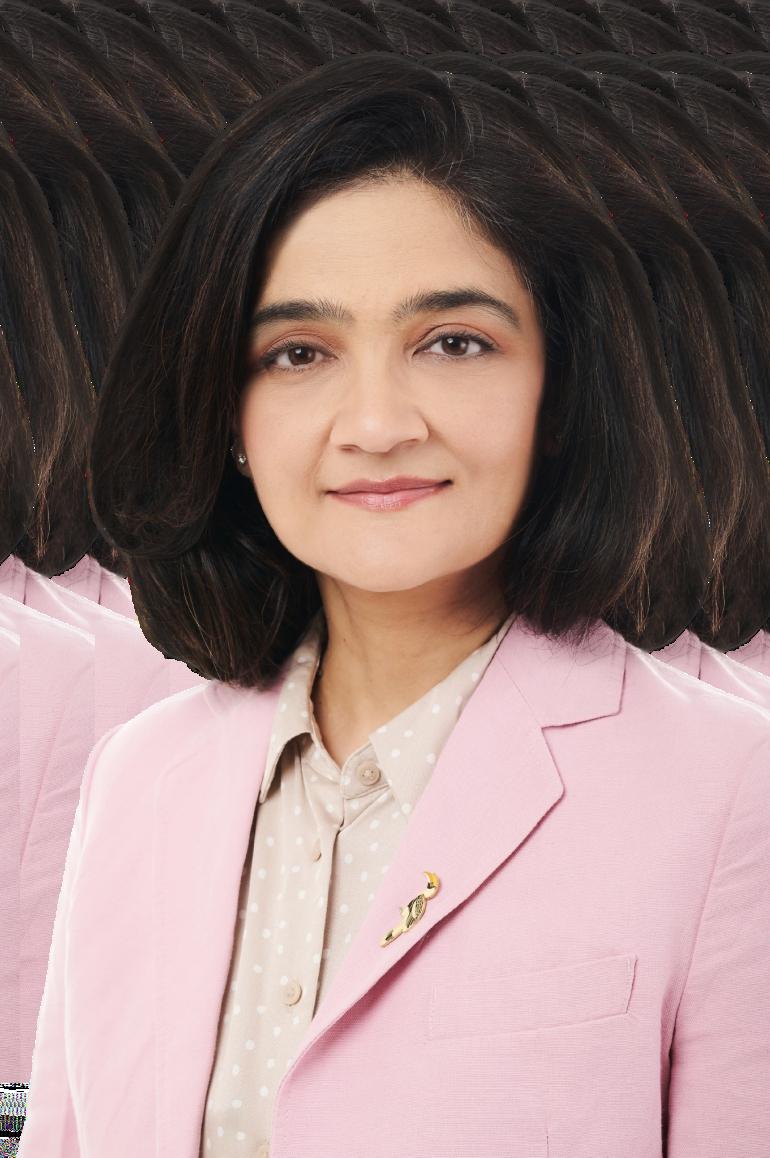
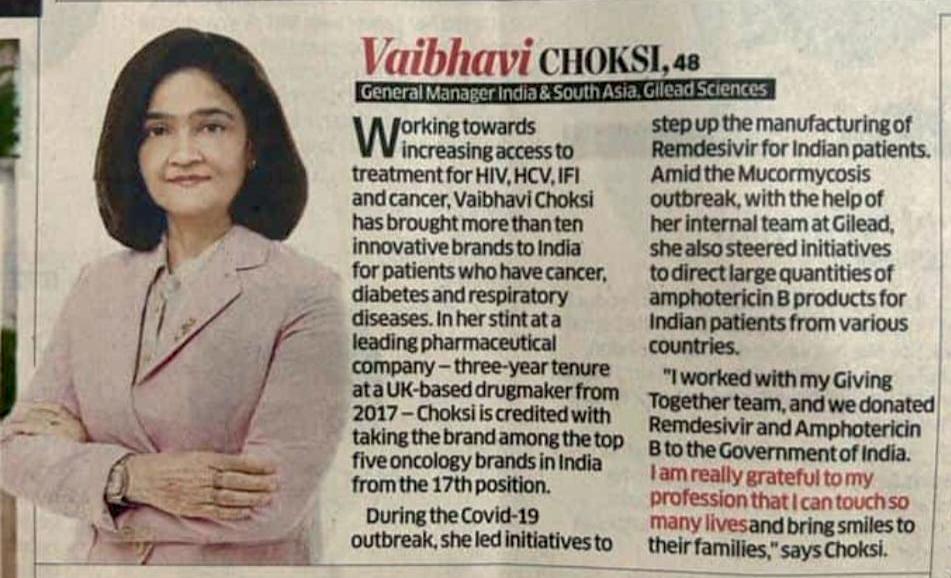
AdefiningaspectofVaibhavi’sprofessionaljourneyhasbeen her commitment to ensuring that healthcare innovation translatesintotangible,real-worldbenefitsforpatients.“One ofmyproudestaccomplishmentsismyworkaroundbringing new products into India and ensuring they are accessible to patientsattherightprice,”shereflects.
Sheisacutelyawareoftheinherentcomplexitiesinbalancing commercial objectives with patient-centric outcomes “There’s often a lot of tension around pricing—companies want to maximize profits, but I believe in the importance of finding a balance that allows for more patients to access the treatment,” she explains. For Vaibhavi, pricing decisions go beyond financialstrategy—theyare fundamentallylinked to patient well-being. “I’ve fought for price points that ensure affordabilitywithoutcompromisingonthecompany’sability toearn.ThisisaprincipleIcarrywithmeineverycompany I’veworkedfor,”shestates.
Hervisionofaccessextendsbeyondpricingalone.Inaneffort to address the financial barriers that often prevent cancer patients from beginning or continuing treatment, Vaibhavi exploredinnovativefinancingmodels,includingpartnerships with microfinance institutions. Although high interest rates posed a challenge to scaling the model, her proactive approach reflects a deep commitment to expanding access throughunconventionalmeans.
This multi-layered approach to innovation balancing affordability, market sustainability, and structural barriers—demonstrates Vaibhavi’s broader philosophy: the truevalueofhealthcareinnovationliesnotonlyinscientific advancement, but in its ability to reach and serve those who need it most. By prioritizing both access and long-term impact,shecontinuestoshapeamoreinclusiveandequitable healthcareecosystem.
Vaibhavi’s contributions extend beyond the clinical and scientific aspects of healthcare; she is equally committed to addressing the often-overlooked elements that impact a patient’soverallwell-being.InIndia,wherecancertreatment continues to be a growing area of concern, she identified a critical gap in the support ecosystem: patient nutrition. “While there is a lot of focus on cancer treatment, there is a significantgapwhenitcomestopatientnutrition,”shenotes.
While most attention remains on chemotherapy and medication regimens, Vaibhavi saw an opportunity to bring meaningfulchange.Inresponse,shelaunchedarecipebook tailored specifically for cancer patients, offering nutritional guidance with everyday ingredients known to support recovery—such as beetroot to improve hemoglobin levels. “Thisrecipebookwasdistributedtophysiciansandpatients for free,” she recalls. The initiative was implemented in collaboration with The Economic Times, ensuring wide visibilityandcredibility

Recognizing the importance of accessibility, she later expanded the initiative by translating the book into multiple regional languages, significantly broadening its reach Beyond print, the initiative evolved into a digital nutrition module designed for doctors and medical representatives. This tool enabled healthcare providers to align nutrition advicewithindividualpatienttreatmentplans,reinforcingthe connectionbetweendietandrecoveryinaclinicallyrelevant way.
Mentorship has been a cornerstone in shaping Vaibhavi’s careerandleadershipstyle.“Mentorshiphasplayedapivotal
roleinmyprofessionalgrowth,”shestates,underscoringthe significance of guidance from experienced individuals. One of her earliest mentors, a Regional Sales Manager at GSK, provided valuable insights that continue to influence her leadership approach. “He emphasized the importance of understanding the fundamentals of the business and always being supportive of your team, which has shaped my own approachtoleadership,”shereflects.
ForVaibhavi,mentorshipisnotmerelyaboutofferingadvice; itisaboutprovidingsupportduringpivotalmoments.“Agood mentor helps you see beyond the immediate challenge and givesyouthespacetolearnandgrowatyourownpace,”she adds.
Her experience of learning from mentors across diverse countries and cultures has deeply impacted her leadership philosophy. “I’ve always considered myself a sponge, absorbingallthegoodthingsaroundme,”sheexplains.This openness to learning has enabled her to cultivate a flexible, well-rounded leadership style that integrates various global perspectives.
For Vaibhavi, success extends beyond professional achievements;itisdeeplyrootedintherelationshipsshehas cultivated over the years. “Career growth is not just about professional achievements but about cultivating meaningful relationshipswiththerightpeople,”sheobserves.
She emphasizes the importance of building connections not onlywithseniorleadersbutalsowithpeersandjuniors,who can offer valuable perspectives. “Sometimes, you can learn justasmuchfromsomeoneatadifferentlevelinthe

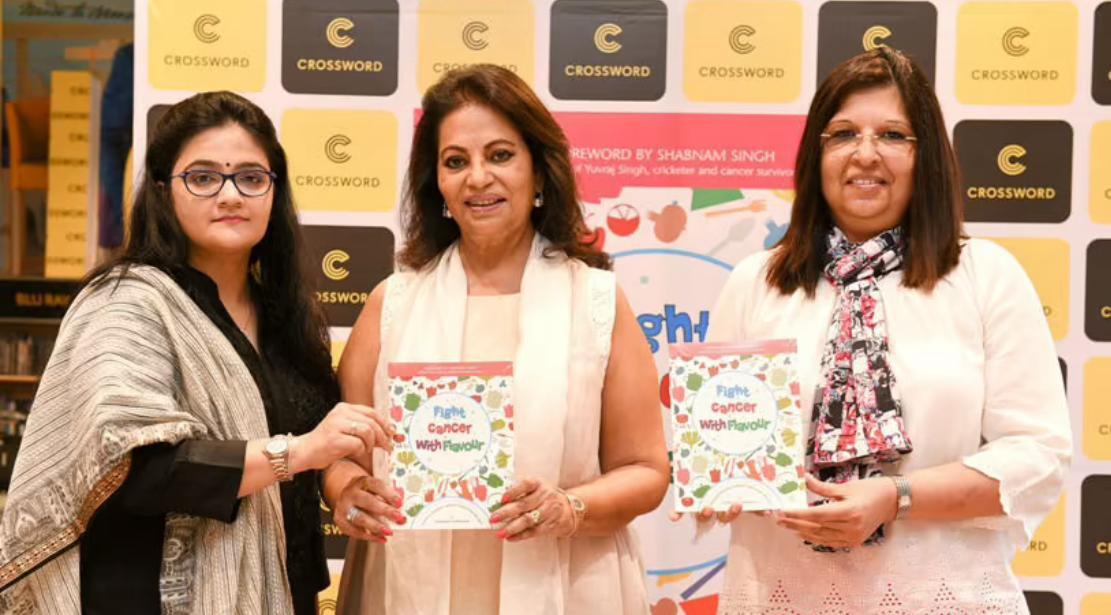
organization as you can from a senior leader,” she explains. This approach has enabled Vaibhavi to create networks that arebothprofessionalandpersonalinnature.
Sherecallsanexperiencethattrulyreinforcedherbeliefinthe importance of relationships and learning from everyone. “I recently overheard a young girl, maybe around 7 or 8 years old,saying,‘Idon’tneedmoney,Ihavemoney.’Itwassucha powerful affirmation of self-belief, and it reminded me that youcanlearnfromanyone,regardlessofageorexperience.” Thismoment,simpleasitwas,reinforcedhercommitmentto maintaining an open mind and appreciating the lessons life offersfromthemostunexpectedsources.
As Vaibhavi reflects on her extensive career, one leadership lessonthatstandsoutistheimportanceofknowingwhentolet go. “Knowing when to quit is incredibly important,” she asserts. She explains that sometimes the most prudent decision is to step back from a project or strategy that is not deliveringthedesiredoutcomes.“It’seasytogetcaughtupin pushing forward relentlessly, but knowing when to pivot or walkawaycanmakeallthedifference,”sheemphasizes.This
lesson on strategic decision-making, according to her, is particularly vital in today’s rapidly changing business environment.
She acknowledges that, in many cultures, quitting is often viewed negatively, but she offers an alternative perspective: “Sometimes, quitting is the most positive step you can take, notjustforyourself,butforyourentireteam.Continuingwith something that isn’t working can drain resources, time, and energy that could be better used elsewhere.” Her ability to discern when to redirect efforts has been central to her leadership journey, enabling her to make decisions that ultimatelybenefittheorganizationinthelongterm.
Conclusively, Vaibhavi’s leadership philosophy extends far beyond strategy and execution. It is grounded in emotional intelligence, adaptability, and a commitment to continuous personalandprofessionalgrowth—forbothherselfandthose sheleads.“Themostimportantthingistokeeplearning,keep evolving,andneverunderestimatethevalueofrelationships andmentorshipinshapingthepathahead,”sheconcludes.





Telemedicine, or remote diagnosis and treatment of patients using telecommunications technology, has revolutionizedhealthcareinthepastdecade.Itsmost revolutionary impact, perhaps, has been on the delivery of pharmaceutical care. Pharmacy services were once mostly limited to visits to health centers or neighborhood pharmacies.Telemedicinehasimprovedaccess,productivity, and outcomes through channels of care that are virtual. Incorporating telehealth into pharmaceutical services is revolutionizing prescribing, dispensing, and medication monitoring.
Themostvaluablebenefittelemedicineofferspharmacycare is increased accessibility Inner-city, rural, and remote underserved patients have fewer health resources, such as pharmacies, to access. Telemedicine bridges the gap by allowing patients to share information with pharmacists and obtain medication advice without leaving home. This has affected geriatric patients, mobility-impaired patients, and unstabletransportationpatientsmostdirectly.
Second, telepharmacy care is easier to remotely monitor, review medication, and patient education by qualified pharmacists.Telepharmacyservicesprovidethepatientwith confidence that they are educated in the use of medication, sideeffects,andcorrectuseofmedication,whichiscrucialin medication adherence. Remote consultation facilitation prevents appointment no-show and tardy care, which ultimatelytranslatestoimprovedhealthoutcomes.




Medicationcomplianceisacrucialpartofqualitypharmacy practice, but medication non-compliance is a problem globally Telemedicinefacilitatesinterventionssuchasvirtual follow-up, mobile reminder, and real-time consultancy that aid patients in compliance with medicines as directed Pharmacists are now able to trace patterns of compliance electronicallyandactivelyinterveneintheeventofissues.
For example, via end-to-end encrypted video calls or messages, patients of chronic conditions such as asthma, diabetes,orhypertensioncanbemonitoredbypharmacistson drug regimen adherence. Consultation also enables early detection of side effects or complications, and accordingly, treatmentmayalsobemodified.Telemedicinethusenablesan active and lasting patient-clinician relationship to be achieved.
EHRintegrationintelemedicineplatformsrevolutionizedthe deliveryofdrugcare.Pharmacistsareabletoseethepatient's entire medical history, laboratory tests, and previous prescriptions in real time. Integrated viewing increases the accuracyofdrugdispensationandavoidsdruginteraction.
Apart from this, computer systems can also notify future problemssuchasduplicatetherapyorcontraindicationsofthe patient's clinicalhistory This kind of authenticationreduces errors of medication and improves patient security. More personalized and enlightened care might be provided by pharmacistsviaonlineconsultationiftheyaregivenaccessto EHRs.
Telemedicine is also cost-effective for patient and health systemcost.Thepatientsarerelievedfromthetravelcostand time,andthehealthcarefacilitiesarerelievedfromoverhead and higher resource utilization. Telepharmacy services, particularly, can be tailored to lower on-site personnel and infrastructure costs, and hence it is economical means of extendingqualitydrugcareatlowercosts.
Additionally, appointments can be conducted faster online thaninanofficeandmorepatientscanbeseenperday.Thisis even more convenient during times of staff shortages or duringtimesofmedicalcrisesliketheCOVID-19pandemic whendistancingismandatory
All its strengths notwithstanding, telepharmaceutical care doeshaveacoupleofweaknesses.Oneofthemisthedigital divide—that is, some people simply do not have proper technology or access to properly participate in telehealth services. There are also issues of regulation and licensure involving pharmacists needing to navigate many state or national regulatory bodies when providing care that crosses borders.
Privacyanddataprotectionalsocomeunderscrutiny,keeping in view the fact that health information transmitted on electronicmediaisindividual.Havingapropermechanismof cybersecurity controls and a patient consent mechanism is mostcrucialinensuringcomplianceandtrust.
With the development of technology, use of telemedicine in pharmacypracticewillbecomemoreadvancedevenfurther Telemedicine will be complemented by wearable health sensors, artificial intelligence, and mobile applications to support remote patient monitoring and medication management even further. Telehealth will also help address public health problems, e.g., mass immunization and medicationcampaigns.
Overall,telemedicineisrevolutionizingpharmaceuticalcare delivery in a better, more convenient, easier, and patientcentered way. Its potential to provide improved health outcomes by leveraging the power of digital technology is huge in spite of challenges to be overcome. With continued investmentandsensibleregulation,telemedicinewillbecome thecornerstoneofmodernpharmaceuticalpractice.
-Pearl Shaw
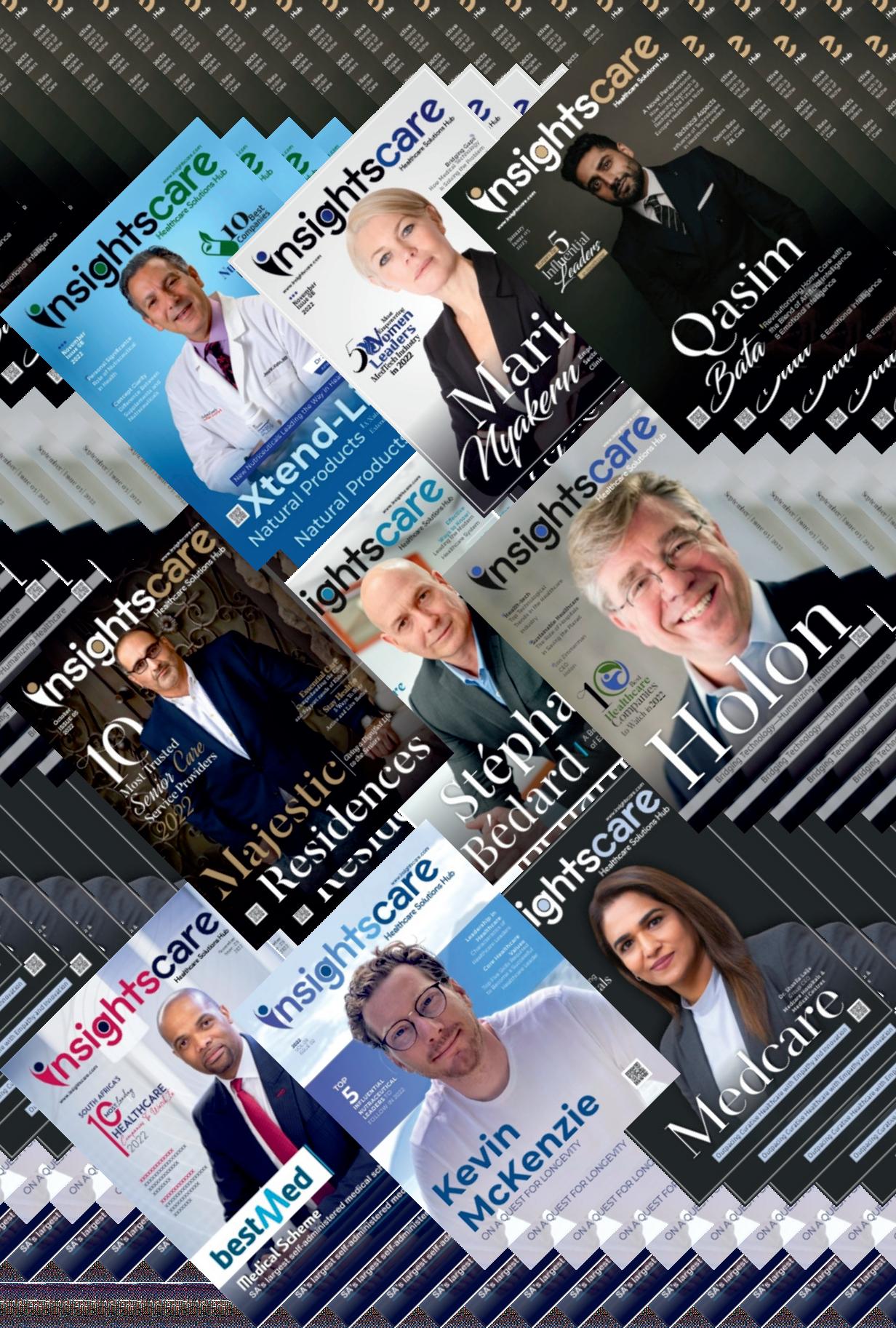
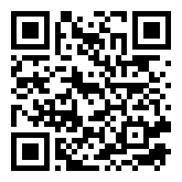


Amidthehustleandbustleofmodernlife,globalhighend demand, regulatory pressures, and increased operations complexity, effective supply chain management is an absolute necessity more than ever before. And yet, all these against which increasingly the pharma industry is turning towards big data to optimize and streamlinesupplychains.Bigdatanotonlyprovidesreal-time data but also facilitates forecasting, risk mitigation, and decision-making,henceresultinginoptimizedefficiencyand improvedpatientoutcomes.
Big data is employed to refer to all the structured and unstructured information that's being generated across various platforms and touchpoints. To the pharma supply chain, they are production, distribution, logistics, sales, patient consumption, regulators, and social media. With analytics, machine learning, and AI empowered in supply chain functions, it allows companies to leverage the information for trend forecasting, performance monitoring, andbetterdecision-making.
Above all, its biggest pharma supply chain value to pharma supply chains is more accurate forecasting. These methods cannot detect spikes in demand, such as the sudden public healththreatepidemicorfluseason,inthetraditionalmanner By applying big data analytics, companies can weigh historical sales patterns, prescribing patterns, demographic patterns,andevenprevailinghealthpatternsinattemptingto forecastmoreaccurately.




For example, in the time of COVID-19 pandemic, hospitals withpriorbigdatainfrastructureweremorelikelytobeable toforecastashortageofpatients,scheduleproductionoffresh orders, and stock required drugs. Predictive analytics would determine where there would be increased demand, so one would be able to provide anticipation-based delivery and replenishment.
Inventory control is especially tough in the pharmaceutical industry with exact expiration dates, storage requirements, and regulatory requirements Surplus inventory wastes productunnecessarily,whileshortageleadstopossibledelay ofpotentiallylife-savingproducts.Bigdatacanhelpachieve optimal inventory levels with consumption rates, distributor information,andtransittimes.
ThesesophisticatedanalysesalsosupportJust-In-Time(JIT) inventory systems with lower waste and storage expenses. Firms are able to identify bottlenecks, track shipments, and respond to unexpected disruptions with real-time supply chainvisibility
Pharmaceuticalsupplychainsareglobalandconsistofachain of distributors, manufacturers, and suppliers. Openness within the network is that which provides quality control as well as regulatory compliance End-to-end visibility is enabled by big data, where companies can monitor products fromsourcetodelivery
With the combination of blockchain and IoT (Internet of Things), stakeholders also facilitate temperature-sensitive product tracking, authentication, and anti-counterfeiting. Temperatureandhumiditysensorsinshippingcontainers,for example, track temperature and humidity levels, which are scannedinreal-timeforstorageconditions.Intheeventofany deviation, real-time notification can be initiated to prevent productspoilage.
Pandemics,geopolitics-relateddisputes,andnaturaldisasters createsupplychainthreatsandpresentacriticalthreattothe pharmacompanybusiness.Thethreatintermsofdiscoveryof vulnerabilityandprovidingbackupplansisreducedthrough the application of big data analysis. Interruption historical trendscanbeconsideredbymachinelearningalgorithms,and alternativesuppliersorroutescanbeprovidedinreal-time.
Second,pharmaceuticalorganizationscantryvarious"whatif" scenarios under an environs-like scenario and try the resilienceoftheirsupplychainsandbepreparedforanykind of crisis scenario. Having this prior planning is essential to businesscontinuityandpatientdemandfulfillmentinhiccupfreescenarios.
Compliancewithstringentregulatorystandardsisbreadand butterforthepharmasector Complianceisachievedthrough bigdatathatallowstraceabilityandproperdocumentationall the way up the supply chain. Real-time data gathering and analyticsimproveauditreadinessandallowstandards-based reportingstandards.
Self-compliance with big data also detect glitches and becomemoresurethatmanufacturingandsupplyoperations are in sync with regional and international regulatory standards,reducingrecallandfinerisks.
Increased activity in the pharma industry will witness increased employment of big data. Deep visualization, AI, and digital twins will contribute to supply chain visibility in itself. Organizations with strong data infrastructure and data science acumen will be able to manage the complexity of globaldemandandsupply
Big data is changing the pharma supply chain to an unprecedented level of efficacy, effectiveness, and level of command. From inventory management and forecasting to enhanced visibility and risk reduction, data-driven activities are the order of the day With an increasingly networked healthcare system and patient-centricity dictating the beat, embracingbigdatawillbethesignatureofmedicinedelivery totheworldontime,safe,andeffective.
-Natalie May
